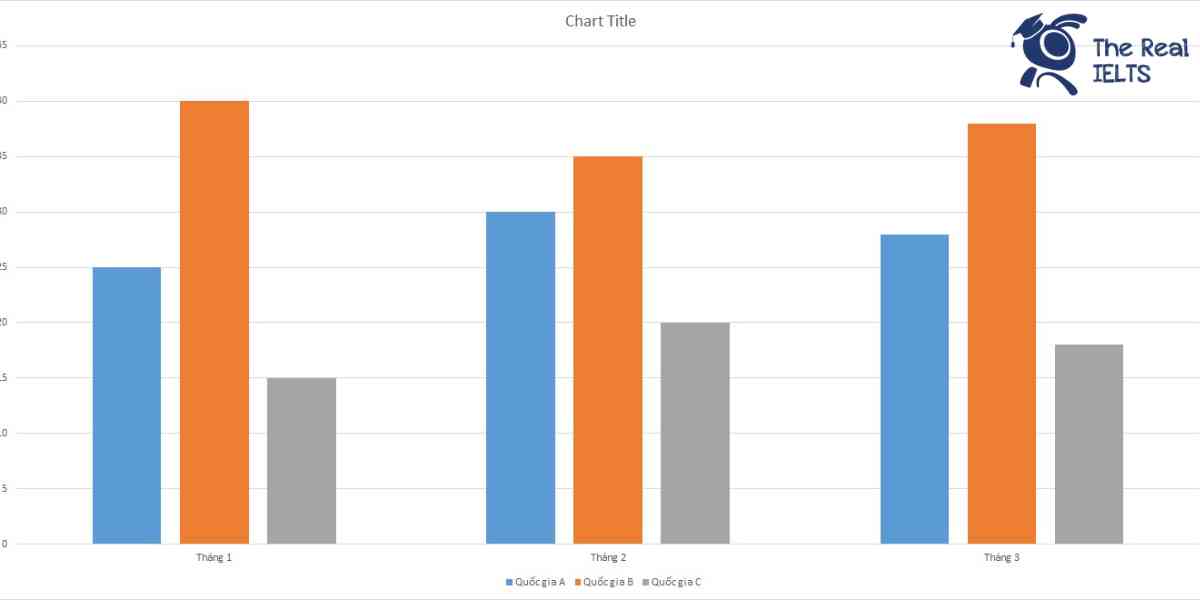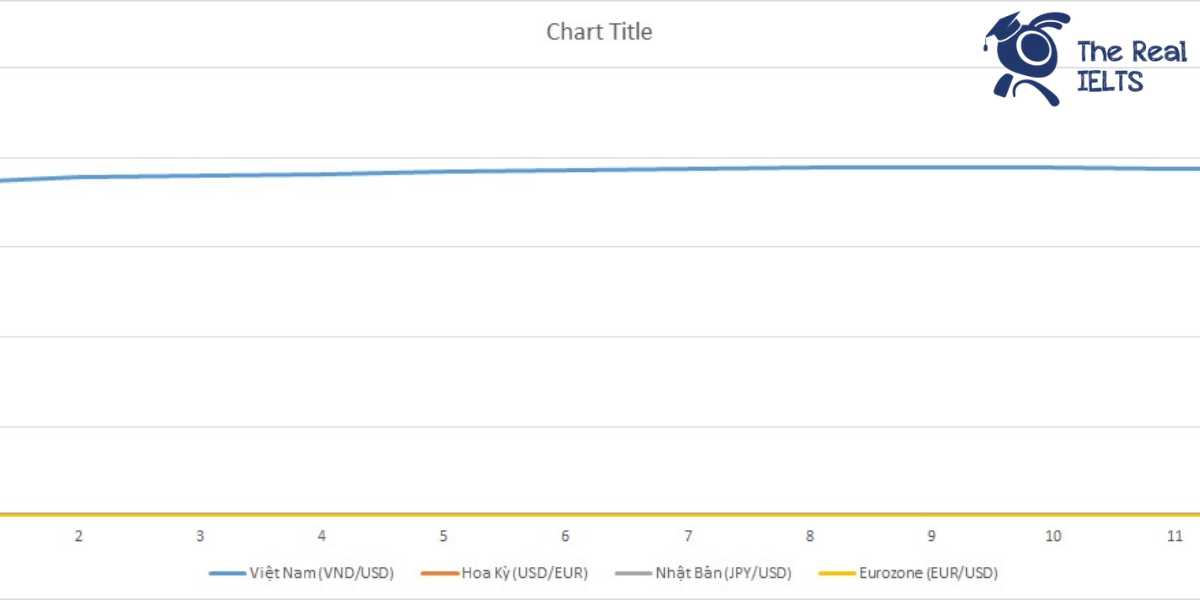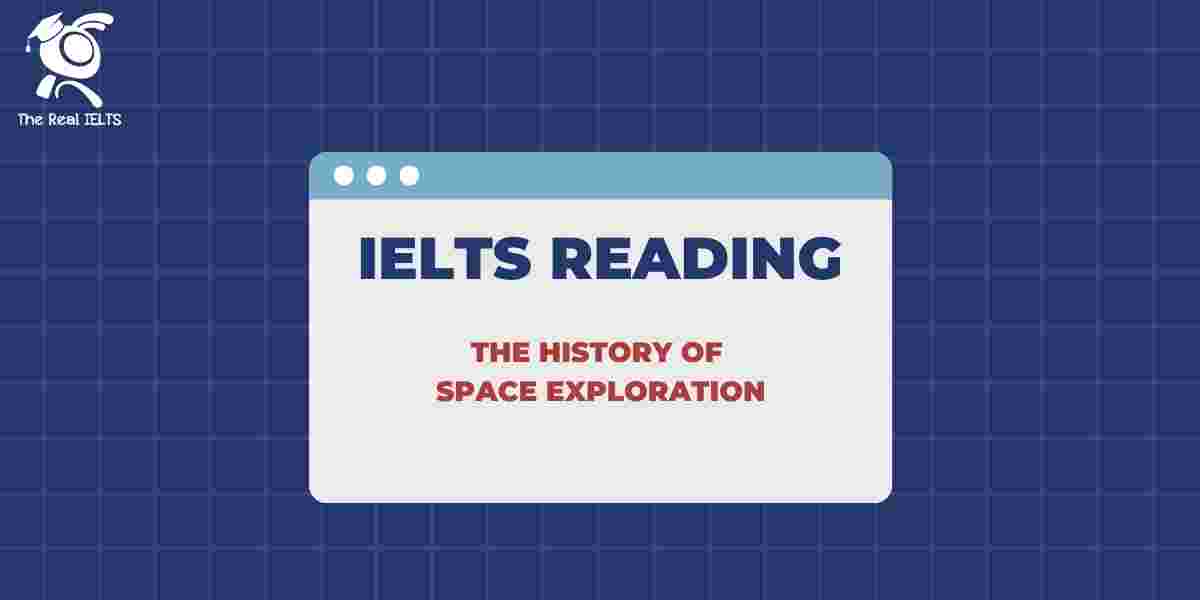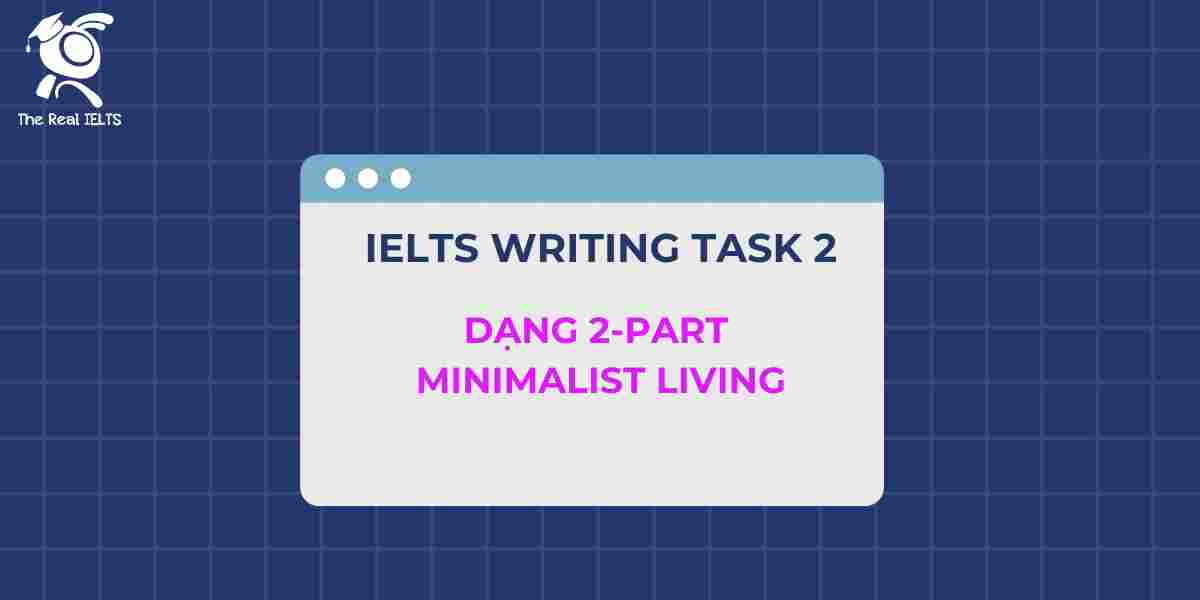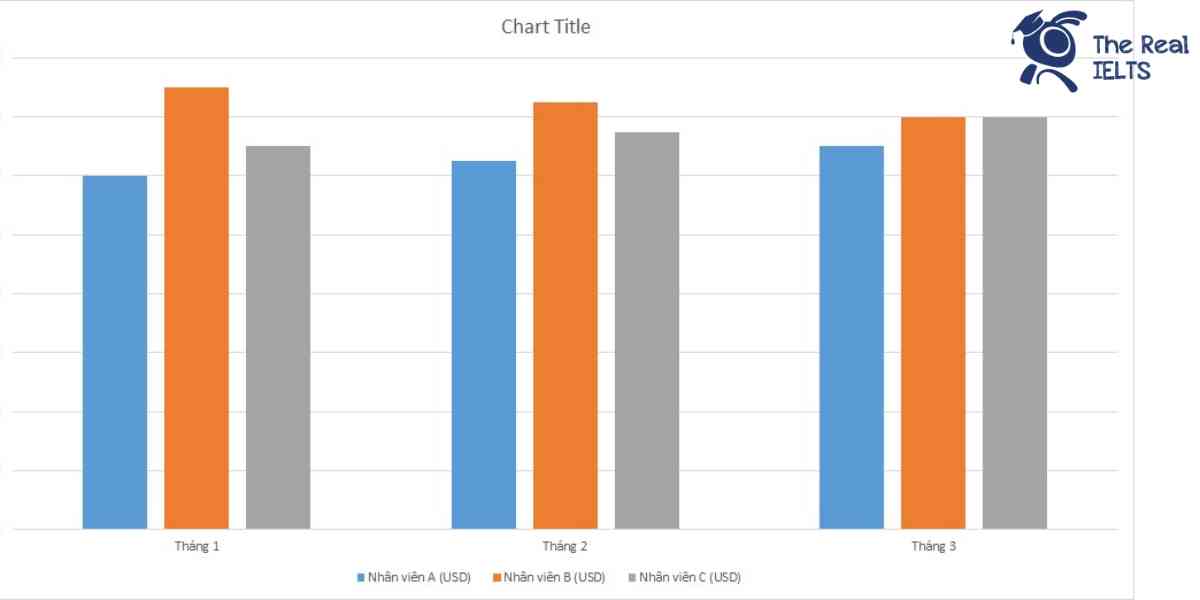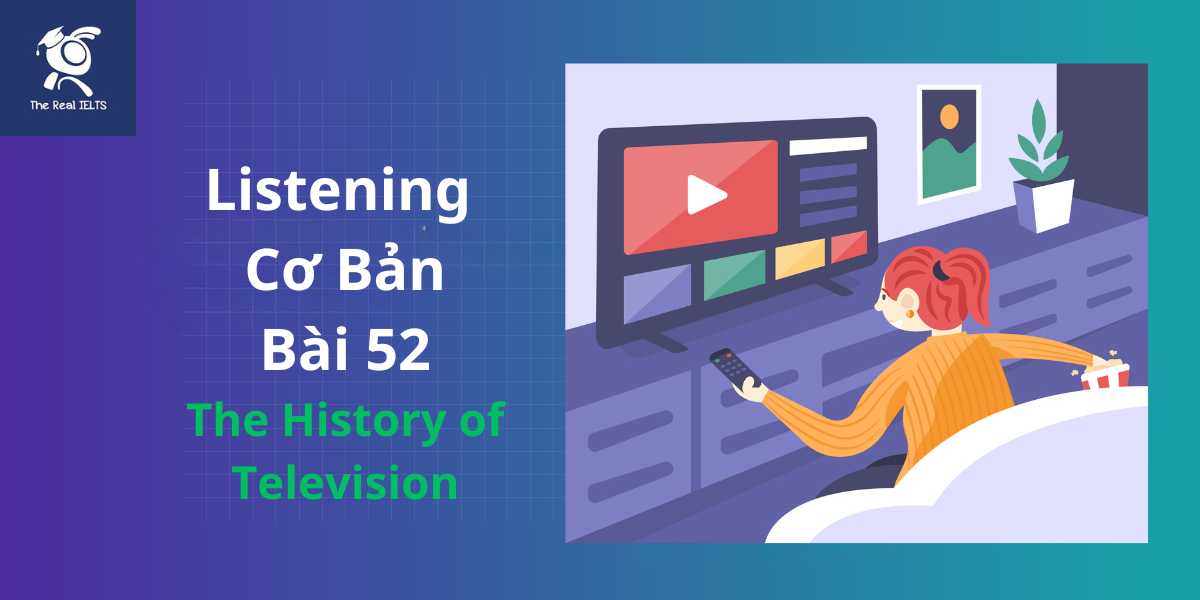IELTS Reading 55: Human rights issues là chủ đề thuộc chuỗi bài luyện tập 11 dạng bài IELTS Reading và các bài tập luyện tập.
Học lại bài cũ: IELTS Reading 54: Women in modern society.
IELTS Reading
Human rights are fundamental rights and freedoms that belong to every person in the world, from birth until death. They encompass a wide range of civil, political, economic, social, and cultural rights, including the right to life, liberty, and security; freedom of expression; and the right to education. The Universal Declaration of Human Rights (UDHR), adopted by the United Nations General Assembly in 1948, serves as a cornerstone document outlining these rights, asserting that everyone is entitled to them without discrimination.
Despite these established rights, violations continue to occur globally. Issues such as discrimination based on race, gender, religion, or sexual orientation remain prevalent. In many countries, individuals face persecution for their beliefs or lifestyles, and marginalized communities often experience systemic inequality. The impact of such violations can be devastating, leading to poverty, lack of access to education, and even violence.
The role of international organizations, such as Amnesty International and Human Rights Watch, is crucial in monitoring and reporting on human rights abuses. These organizations work to raise awareness, advocate for justice, and provide support to victims. Additionally, governments are urged to implement and uphold laws that protect human rights, ensuring that all individuals can live free from fear and oppression.
In recent years, there has been a growing movement toward recognizing and addressing human rights issues related to climate change. The adverse effects of environmental degradation disproportionately affect vulnerable populations, leading to displacement and further human rights violations. As a result, many activists argue for the recognition of the right to a healthy environment as a fundamental human right.
Human rights education is vital in fostering a culture of respect and understanding. By promoting awareness of human rights issues, societies can work towards addressing injustices and creating a more equitable world. The ongoing struggle for human rights remains a significant global challenge, requiring concerted efforts from individuals, communities, and governments alike.
Questions
1. Multiple Choice (Chọn đáp án đúng)
Question: What is the primary purpose of the Universal Declaration of Human Rights (UDHR)?
A. To outline economic policies
B. To establish fundamental human rights
C. To promote cultural practices
D. To support environmental protection
2. True/False/Not Given (Đúng/Sai/Không có thông tin)
Question: Human rights violations are only prevalent in developing countries.
Statement: Human rights violations are common across various countries, regardless of their development status.
3. Yes/No/Not Given (Có/Không/Không có thông tin)
Question: The author believes that education about human rights can improve societal attitudes.
Statement: The author emphasizes the importance of human rights education in fostering a culture of respect.
4. Matching Information (Ghép thông tin)
Question: Match the following issues to their corresponding descriptions in the text:
A. Discrimination based on gender
B. Persecution for beliefs
C. Climate change and human rights
D. Role of international organizations
5. Matching Headings (Ghép tiêu đề)
Question: Choose the appropriate heading for each paragraph:
A. The impact of human rights violations
B. Introduction to human rights
C. Organizations advocating for human rights
D. The intersection of climate change and human rights
6. Matching Sentence Endings (Ghép kết thúc câu)
Question: Complete the sentences with the correct ending:
- Human rights are essential for…
- The UDHR was adopted to…
- Activists argue that a healthy environment…
7. Sentence Completion (Hoàn thành câu)
Question: The Universal Declaration of Human Rights was adopted by the United Nations General Assembly in the year __________.
8. Summary Completion (Hoàn thành bản tóm tắt)
Question: Fill in the blanks in the summary:
The ongoing struggle for human rights requires efforts from __________, __________, and __________.
9. Diagram Label Completion (Hoàn thành nhãn sơ đồ)
Question: Complete the labels on the diagram that illustrates the different categories of human rights mentioned in the text.
10. Short Answer Questions (Câu hỏi trả lời ngắn)
Question: What role do organizations like Amnesty International play in addressing human rights issues?
11. Table/Flowchart/Note Completion (Hoàn thành bảng/sơ đồ dòng/chú thích)
Question: Fill in the table with the different types of rights mentioned in the text and their corresponding examples.
| Type of Right | Example |
|---|---|
| Civil Rights | |
| Political Rights | |
| Economic Rights | |
| Social Rights | |
| Cultural Rights | |
| Environmental Rights |
Đáp án
1. Multiple Choice (Chọn đáp án đúng)
Question: What is the primary purpose of the Universal Declaration of Human Rights (UDHR)?
Answer: B. To establish fundamental human rights
2. True/False/Not Given (Đúng/Sai/Không có thông tin)
Statement: Human rights violations are common across various countries, regardless of their development status.
Answer: True
3. Yes/No/Not Given (Có/Không/Không có thông tin)
Statement: The author emphasizes the importance of human rights education in fostering a culture of respect.
Answer: Yes
4. Matching Information (Ghép thông tin)
Question: Match the following issues to their corresponding descriptions in the text:
- A. Discrimination based on gender → Occurs widely, causing inequality
- B. Persecution for beliefs → Leads to systemic inequality
- C. Climate change and human rights → Displacement of vulnerable populations
- D. Role of international organizations → Monitoring and supporting victims
5. Matching Headings (Ghép tiêu đề)
Question: Choose the appropriate heading for each paragraph:
- Paragraph 1: B. Introduction to human rights
- Paragraph 2: A. The impact of human rights violations
- Paragraph 3: C. Organizations advocating for human rights
- Paragraph 4: D. The intersection of climate change and human rights
6. Matching Sentence Endings (Ghép kết thúc câu)
- Human rights are essential for every person in the world.
- The UDHR was adopted to assert fundamental rights for all.
- Activists argue that a healthy environment is a fundamental human right.
7. Sentence Completion (Hoàn thành câu)
Question: The Universal Declaration of Human Rights was adopted by the United Nations General Assembly in the year __________.
Answer: 1948
8. Summary Completion (Hoàn thành bản tóm tắt)
Question: The ongoing struggle for human rights requires efforts from __________, __________, and __________.
Answer: individuals, communities, and governments
9. Diagram Label Completion (Hoàn thành nhãn sơ đồ)
Question: Complete the labels on the diagram that illustrates the different categories of human rights mentioned in the text.
Answer:
- Civil rights (e.g., freedom of expression)
- Political rights (e.g., the right to vote)
- Economic rights (e.g., the right to work)
- Social rights (e.g., the right to education)
- Cultural rights (e.g., freedom of cultural practices)
10. Short Answer Questions (Câu hỏi trả lời ngắn)
Question: What role do organizations like Amnesty International play in addressing human rights issues?
Answer: Monitoring and reporting on human rights abuses, advocating for justice, and providing support to victims.
11. Table/Flowchart/Note Completion (Hoàn thành bảng/sơ đồ dòng/chú thích)
Question: Fill in the table with the different types of rights mentioned in the text and their corresponding examples.
| Type of Right | Example |
|---|---|
| Civil Rights | Right to life, liberty, and security |
| Political Rights | Freedom of expression |
| Economic Rights | Right to work and access to resources |
| Social Rights | Right to education |
| Cultural Rights | Freedom to practice one’s culture |
| Environmental Rights | Right to a healthy environment |




